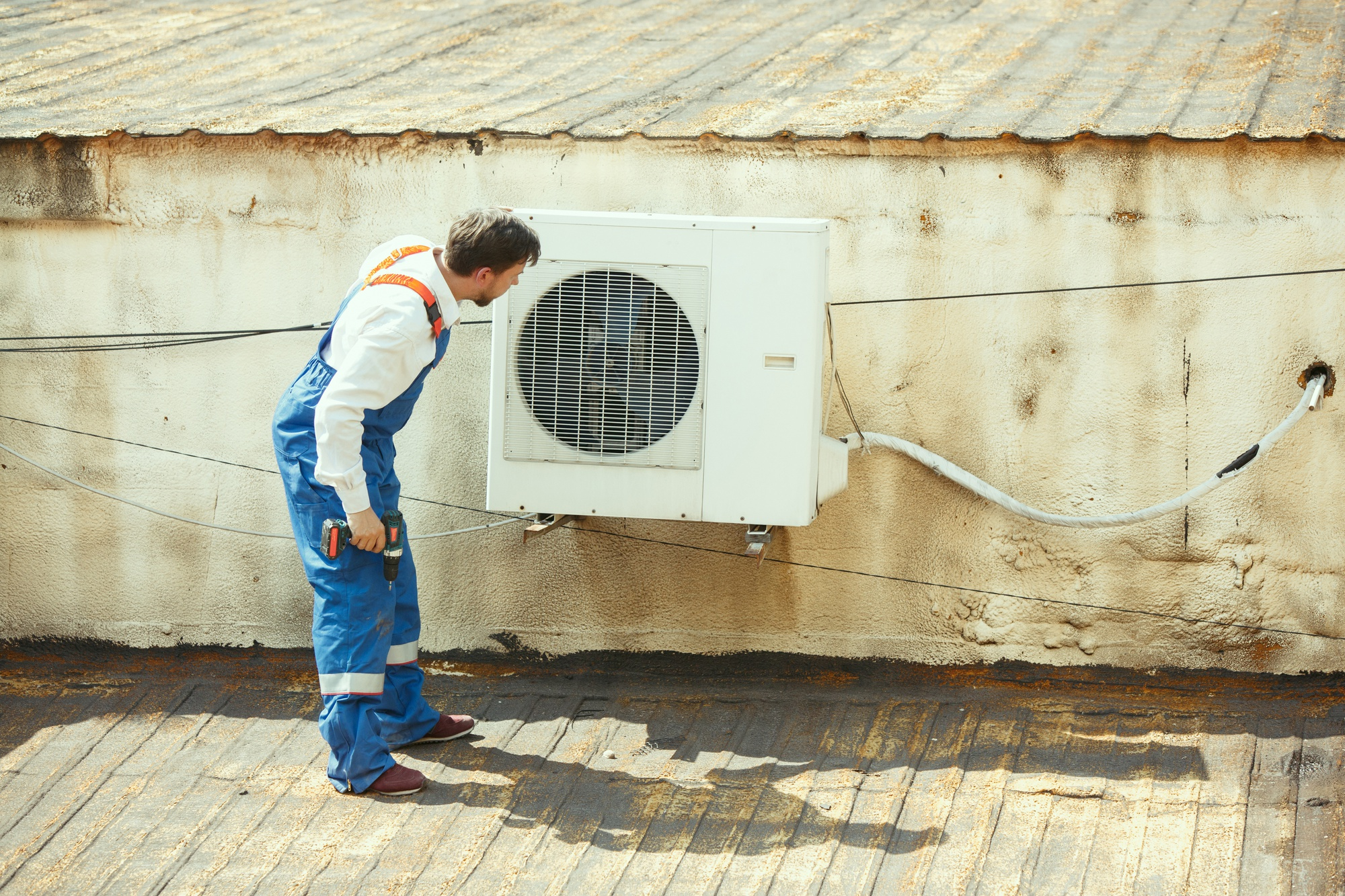Professional air duct cleaning goes beyond a basic surface clean to remove embedded contaminants. Various advanced techniques penetrate deeper into ductwork to achieve a truly clean system. Firstly, fogging or misting disinfectants into the ducts reaches areas that regular vacuuming misses. Disinfectants are specially formulated mists or gels which cling to surfaces, breaking down contaminants on a molecular level. Technicians spray these products as a fine fog through the supply vents then. Furthermore, the mist spreads thoroughly throughout the entire duct network. It seeps into crevices that accumulate dust over many years, where it destroys mold and bacteria colonies.
In addition, fogging allows disinfectants to dry inside ducts, so they continue cleansing for days after the treatment. This extended residual effect ensures long-term contamination control between cleanings. Another popular method relies on ultraviolet (UV) light to purify duct air streams. UV lights attach directly inside supply ductwork subsequently. Their high-intensity beams emit wavelengths that damage the DNA of microbes like viruses. As conditioned air blows through illuminated duct sections then, pathogens floating in the airstream undergo molecular degradation rendering them inert. UV technology provides a touchless cleaning process which raises no potentially harmful particles or chemical byproducts.
Likewise, HEPA vacuuming pulls contaminants from the deepest hidden pockets within a forced air system. HEPA stands for “high efficiency particulate absorbing” filtration. These industrial-grade vacuums feature microscopic-sized fiber filters which capture 99.97% of particles 0.3 microns or larger, including allergens and those which transmit illness. Techs thoroughly vacuum each supply and return duct individually and connecting sections too. Pivoting extension wands help extract even dust clogging narrow seams and duct elbows as well. HEPA vacuuming leaves ducts visibly cleaner than any other method could. Moreover, it safely removes whatever dust has been broken loose by preceding disinfection steps.
Lastly, some professionals offer air duct sanitation techniques using powered spraying or foaming chemicals. These products transform into a drying foam or gel inside ducts. They stick fast to all interior metal surfaces, penetrating cracks that collect dust over decades. The active ingredients proceed to sanitize any hidden mold or microbes residing in inaccessible nooks. As with fogging, the treated material remains antimicrobial even after it flakes or brushes off eventually. Foam treatments offer a reliable deep clean for extremely contaminated ducts that stubborn contaminants cling to tightly. They complement traditional cleaning approaches, penetrating deeper to fully sanitize problem areas.
In summary, professional air duct cleaning techniques have advanced well beyond basic vacuuming. Fogging, UV lights, HEPA extraction, and powered foaming target embedded contaminants that linger hidden after surface dust is removed. These deep treatment methods reaching further into duct infrastructure for complete indoor air purification. Combined with periodic standard cleanings, they maintain optimal lung-healthy indoor air quality throughout a home or building’s HVAC system lifetime.

